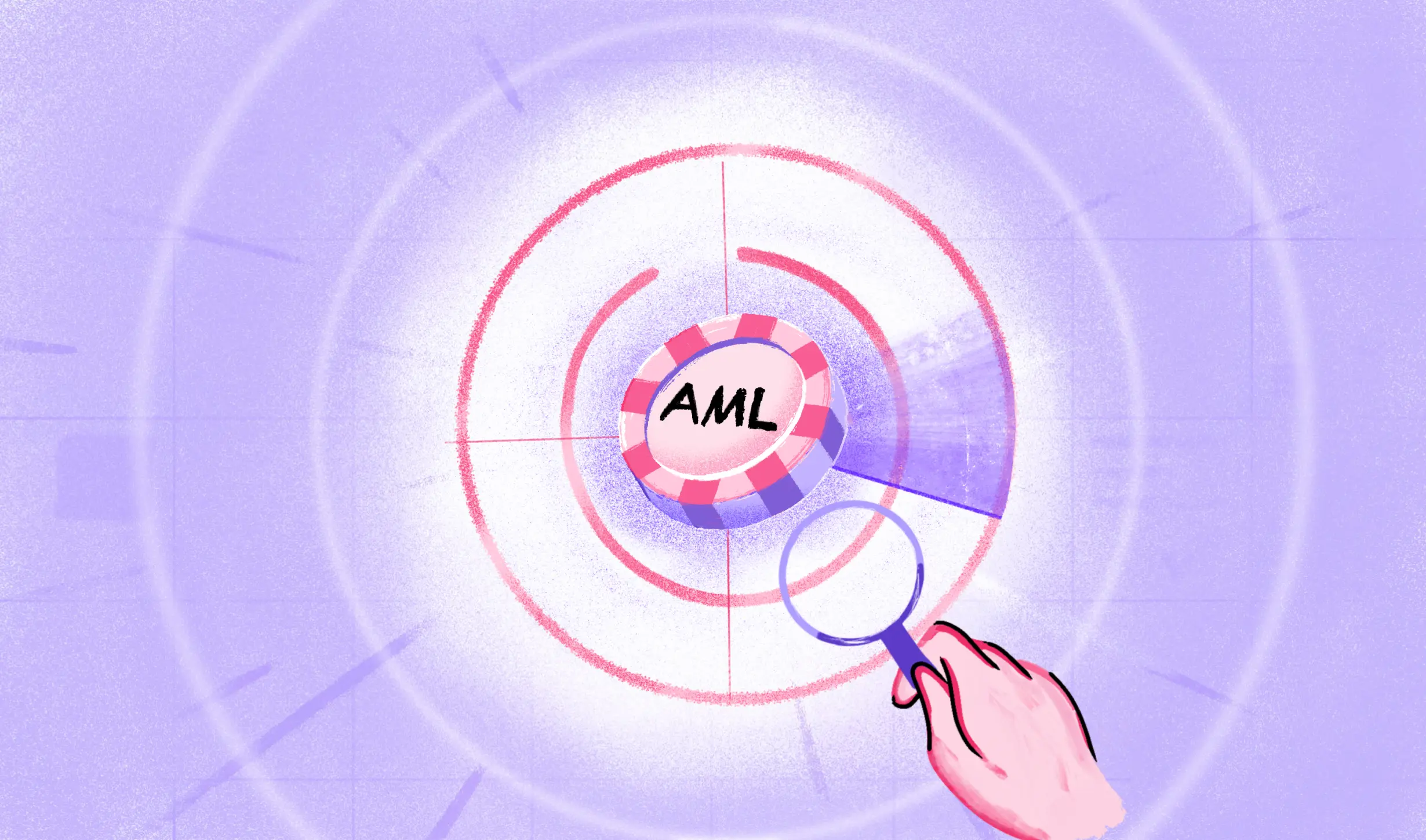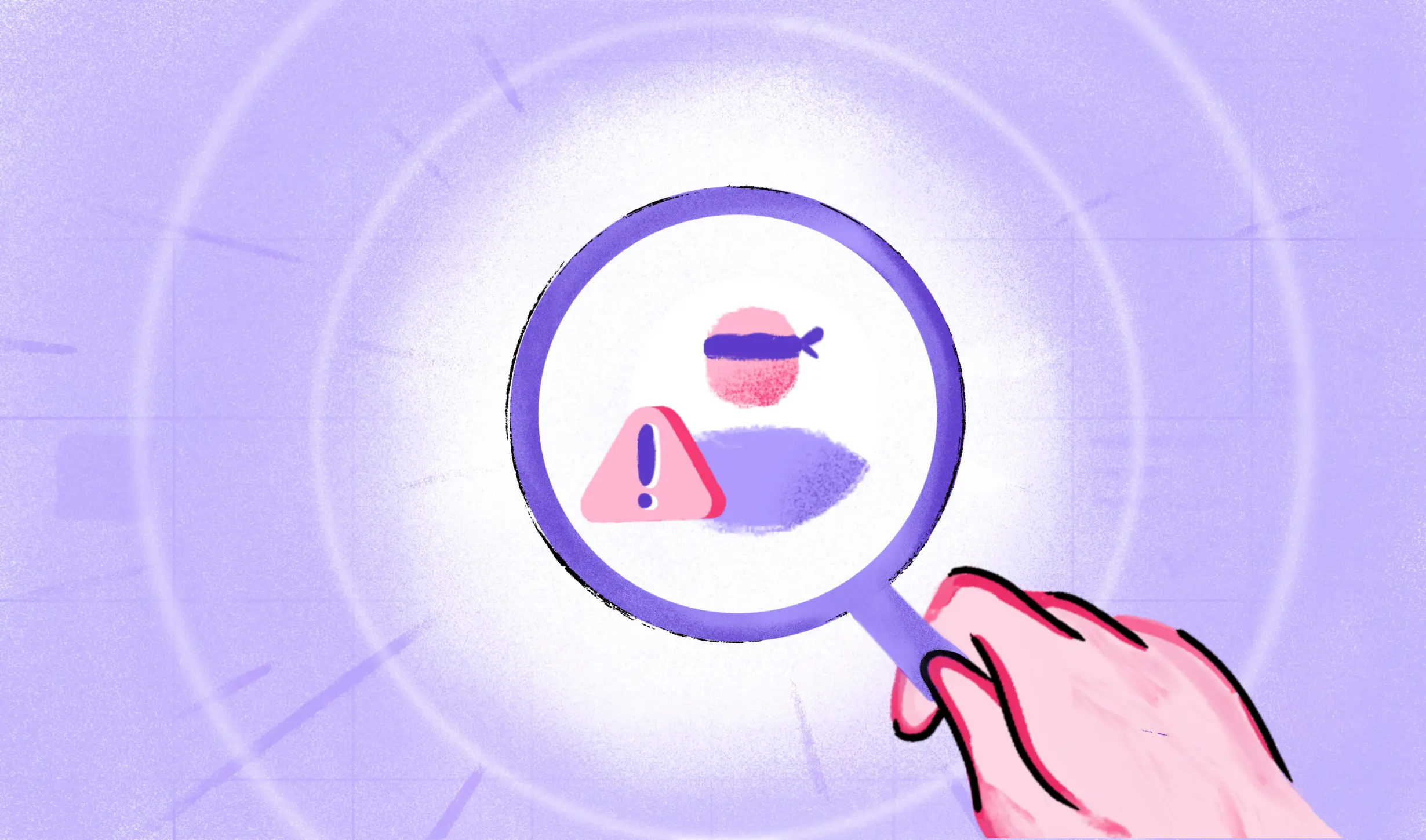Deepfakes have taken the digital world by storm, which is both exciting and alarming. Within just a year, from 2022 to 2023, the visibility of deepfakes multiplied tenfold worldwide – a clear surge.
But it’s all fun and games until deepfakes are used to distort truth, spread misinformation, and commit fraud. It all boils down to the question — is it illegal to use deepfake technology?
This blog is all about the legal and ethical aspects of deepfakes. We’ll touch on the existing rules, the challenges in identifying and controlling deepfake tech, and efforts worldwide to halt their growth.
What is deepfake technology and why is it a concern?
The term ‘deepfakes‘, linking ‘deep learning’ and ‘fake’, pins to ultra-life-like cyber manipulations. Faces or voices can be switched, often without consent. Here’s how deepfakes work—they are driven by high-end AI and machine and deep learning technology, its prospects for misuse have sparked immense concern.
Creating deepfake videos has become alarmingly easy, thanks to the availability of user-friendly software and the vast amount of data accessible online.
Advanced Artificial Intelligence tools required to create deepfakes are now more accessible than ever. With basic knowledge and resources, almost anyone can create a convincing deepfake. Moreover, social media platforms help deepfakes travel fast around the world. A deepfake video can become popular fast, reaching many people before anyone even questions if it’s real.
Read more: How to spot a deepfake
Potential harms of deepfakes
Deepfakes represent a significant threat in various ways, particularly in terms of defamation, privacy invasion, and damage to reputations. Let’s delve deeper into these aspects:
Defamation: Deepfake content can be weaponized to create false narratives. For instance, a politician could be depicted as saying something they never did, potentially ruining their career. This kind of digital defamation on online platforms is not just a personal attack but can influence public opinion and disrupt democratic processes.
Privacy Invasion: Think about a case where a person’s image is used without their approval, maybe in a tricky or embarrassing situation. This not only breaks their privacy but may cause mental upset and being shamed socially.
Read more: How to detect AI-generated selfies
Damage to reputation: For companies, video manipulation could depict a top executive partaking in illegal or unethical actions. This could result in losing customer’s faith, a sharp fall in stock values, and lasting damage to the business image.
The existing legal system isn’t fully ready to deal with the problems born from such fake videos. There are efforts being made worldwide as we speak, to create regulatory frameworks around deepfakes. Deepfake detection tools are increasingly becoming the need of the hour.
Are deepfakes illegal?
Deepfake’s legal standing is tricky and changing. This harmful content is not intrinsically outlawed but can breach the law. This is especially true if they infringe on privacy, intellectual property, or involve defamation, harassment, or fraud. The tricky part is that current laws weren’t made with deepfakes in mind. This makes it hard to handle their unique problems.
Most current laws were enacted before the advent of deepfake technology, making them inadequate in several ways:
- Privacy Laws: Traditional privacy laws protect against unauthorized use of personal data but may not extend to the use of someone’s likeness in a deepfake. This gap leaves room for misuse without clear legal consequences.
- Intellectual Property Rights: These existing laws shield against unauthorized copyright usage. However, they often don’t account for using someone’s likeness or voice, which deepfakes commonly exploit.
- Defamation and Harassment Laws: Even though these laws can manage some deepfake aspects, establishing defamation or harassment in court via deepfake evidence is tough. Proving its false nature and intent is the main challenge.
Addressing the challenges of regulating deepfakes while preserving free speech
There’s a unique puzzle when it comes to controlling deepfakes: How do we stop harmful uses of synthetic media without stepping on the essential right to free speech? This tricky tightrope walk is vital in democracies where speaking your mind is a key pillar.
- Distinguishing Malicious Intent from Legitimate Use: Deepfakes aren’t always bad though. They can serve real purposes like humor, imitation, artistic creation, or teaching. Rules need to be sharp enough to tell the difference between bad deepfakes out to trick or harm, and good ones just looking to entertain.
- Defining Clear Legal Boundaries: Laws targeting deepfakes need to be clearly defined to avoid ambiguity. Vague or overly broad regulations could lead to censorship or the suppression of lawful expression. Clear legal definitions help ensure that only malicious uses of deepfakes are targeted.
- Ensuring Fair Enforcement: Regulations must be applied fairly and uniformly. There’s a risk that laws against deepfakes could be used selectively or to suppress dissenting voices. Fair enforcement is essential to maintain public trust in the legal system.
Existing laws on deepfakes
Various laws, although not specifically designed for deepfakes, are applicable in mitigating their misuse. Here’s a look at how existing laws intersect with deepfake technology:
Copyright laws
Copyright laws protect original creative works. If a deepfake sneaks in copyrighted content, they can run into legal issues. But existing laws struggle with tackling the unapproved use of a person’s image, which is a big deal with deepfakes.
Defamation, harassment, and privacy laws
Laws are in place to take legal action against deepfakes that ruin reputation, bully, or violate privacy. If deepfakes spread false and harmful information causing defamation, libel laws can be invoked. Similarly, existing privacy and harassment laws come to the rescue when deepfakes use a person’s image without permission. The real hurdle is uncovering the intention and harm caused, especially when the culprits creating deepfakes often hide behind anonymity.
Laws against child sexual abuse material (CSAM)
The use of facial manipulation of deepfakes to create or distribute child sexual abuse material is unequivocally illegal and falls under strict CSAM laws. These laws are clear and provide a firm legal basis for prosecuting such offenses.
International efforts to regulate deepfakes
Internationally, there’s a growing recognition of the need for comprehensive regulation of deepfakes. Various forums, including the United Nations and the World Economic Forum, have initiated discussions on the best approaches to regulate this technology and provide legal protection to victims. These discussions often focus on balancing the prevention of harm with the preservation of free speech and innovation.
- United States: In the US, rules have kicked off at state levels. For example, California and Texas are focusing on controlling deepfakes that are found more in adult content and political lies. When we go federal, they’re still musing over how to deal with deepfakes. They’re thinking about old laws and new ones.
- European Union: The EU, in its Artificial Intelligence Act, categorizes AI systems based on how risky they are. AI systems that present more risks, like certain deepfakes, face stronger demands for openness, responsibility, and human monitoring.
- Other Countries: Then there’s South Korea and Australia, for instance. They’re digging into or putting into place their own rules for deepfakes. They often zero in on topics such as permission, privacy and the spread of false news.
Strategies for effective enforcement
- International Cooperation: Deepfake creation and dissemination often cross borders, making international cooperation essential for effective enforcement. This includes sharing intelligence, technology, and strategies to combat deepfakes globally.
- Updating Laws and Policies: Current laws might not fully cover deepfake details. Lawmakers should adjust and design laws that aim at dealing with harmful deepfake creation and sharing, keeping in mind the worldwide web.
- Public Awareness and Education: It’s key to teach people about deepfakes, how to recognize them, and their potential dangers. A knowledgeable public is less prone to deepfake deception and more ready to flag doubtful material.
- Collaboration with Tech Companies: These businesses are pivotal in watching over and handling deepfake distribution on their sites. Working together to create useful spotting tools and uphold content rules is a must to slow down deepfake circulation.
Read more: How To Prevent Deepfake Scams In User Onboarding
Conclusion
The rise of deepfakes presents a complex challenge that spans legal, ethical, and technological realms. The potential for misuse, including defamation, privacy invasion, and the spread of misinformation, highlights the urgent need for robust laws and regulations. These laws must balance the prevention of harm with the protection of free speech and innovation, a task that requires global cooperation and nuanced understanding.
As we navigate this evolving landscape, the role of technology in detecting and combating deepfakes becomes increasingly vital. This is where solutions like HyperVerge’s deepfake detection play a crucial role. Want to see it in action? Sign up and get a customized demo.

 US
US
 IN
IN










